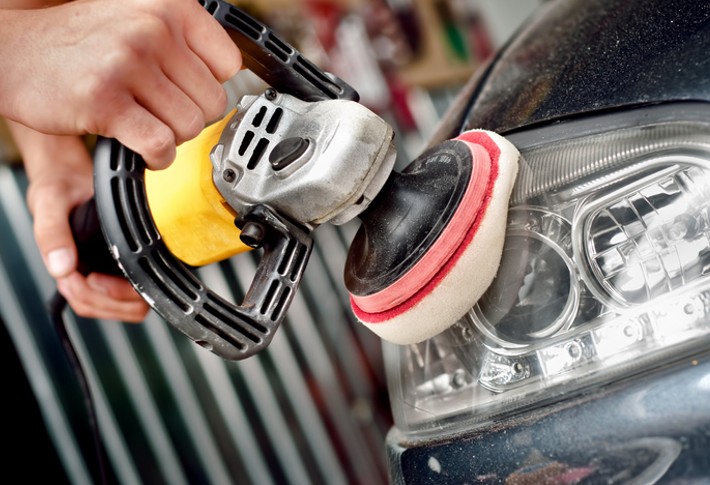A good buffer makes all the difference between your car looking old and new. While investing in a car buffer is a good decision in general, not all car buffers are equally as effective. To help you find the right car buffer for your situation, we put together a list of the top factors you should consider as you shop. Keep reading to learn how to choose the right car buffer for you.
Price
Car buffers can range in price from a few dollars to several hundreds of dollars. Ultimately, the price depends on the features that are included with the car buffer as well as the brand name. The most expensive options are not always the best ones, though. So, look for a balance of quality and value while keeping your budget in mind.
Quality of Materials and Construction
The materials that are used in the construction of car buffers are important to think about when choosing a car buffer. These factors will directly affect the durability and performance of the car buffer over time. Look for options that are made from high-quality materials, such as stainless steel or aluminum. These materials can typically withstand frequent use without compromising the performance or the safety of the car buffer.
Warranty
It’s always a good idea to read about the warranties that the manufacturer offers before making a purchase. A warranty lets you repair or replace the product if it malfunctions without worrying about additional costs. Most manufacturers provide warranties that range anywhere from six months to three years, though the exact timeline depends on the brand’s standards.
Accessories Included
Some car buffers come with multiple attachments or accessories that you can use for extra tasks. These may include polishing, waxing, and cleaning. Pay attention to the additional tools that come with the car buffer. That way, you’ll know exactly what you’re getting before making your purchase.
Motor Power
When it comes to motor power, more is usually better. That’s because greater levels of power can ensure that the buffer will have enough energy to tackle even the toughest of jobs. Look for a model with a high-wattage motor with at least 500 watts worth of power for maximum performance.
Dust Collection System
If dust collection is an essential factor for you, look for car buffers with built-in dust collection systems. With dust-collecting features, the car buffer can capture small particles from buffing surfaces. From there, they can clean the surfaces properly without leaving behind any messes or residue on said surfaces. This feature may come at an additional cost, so consider this when shopping if your budget is tight.
Variable Speeds
Some car buffers come with variable speeds. These can let you adjust the rotations per minute (RPM) based on the kind of job you need to do. Finer jobs require lower RPMs while tougher jobs require higher RPMs. Without these, you won’t be able to achieve maximum results without damaging the surface that is being buffed.
Safety Features
When looking for car buffers, it’s important to pay special attention to the safety features offered by the manufacturers. Look for automatic shut-off mechanisms that are designed to turn motors off after prolonged periods of non-use. This will prevent the car buffer from overheating among other potential problems stemming from operator negligence or forgetfulness. Ultimately, just make sure the car buffer model you’re considering buying has essential safety features.
Noise Levels
Car buffers can be very loud when in use. This can create distractions if you’re using a car buffer in enclosed spaces or within proximity of other people. Look for quieter models that have decibel ratings below 75 decibels if noise levels are an issue for you. This information can usually be found in product descriptions or customer reviews.
Efficiency and Durability
Efficiency and durability usually go hand-in-hand based on the quality of materials used during construction. High-quality parts that can last longer over extended periods without wearing out quickly are made from cheaper materials. Look out for brands that stand behind their products via warranties. When products come with warranties, it’s often an indication that the item is made out of high-quality parts. Warranties show that the manufacturer believes in the products enough to offer replacements or repairs.





